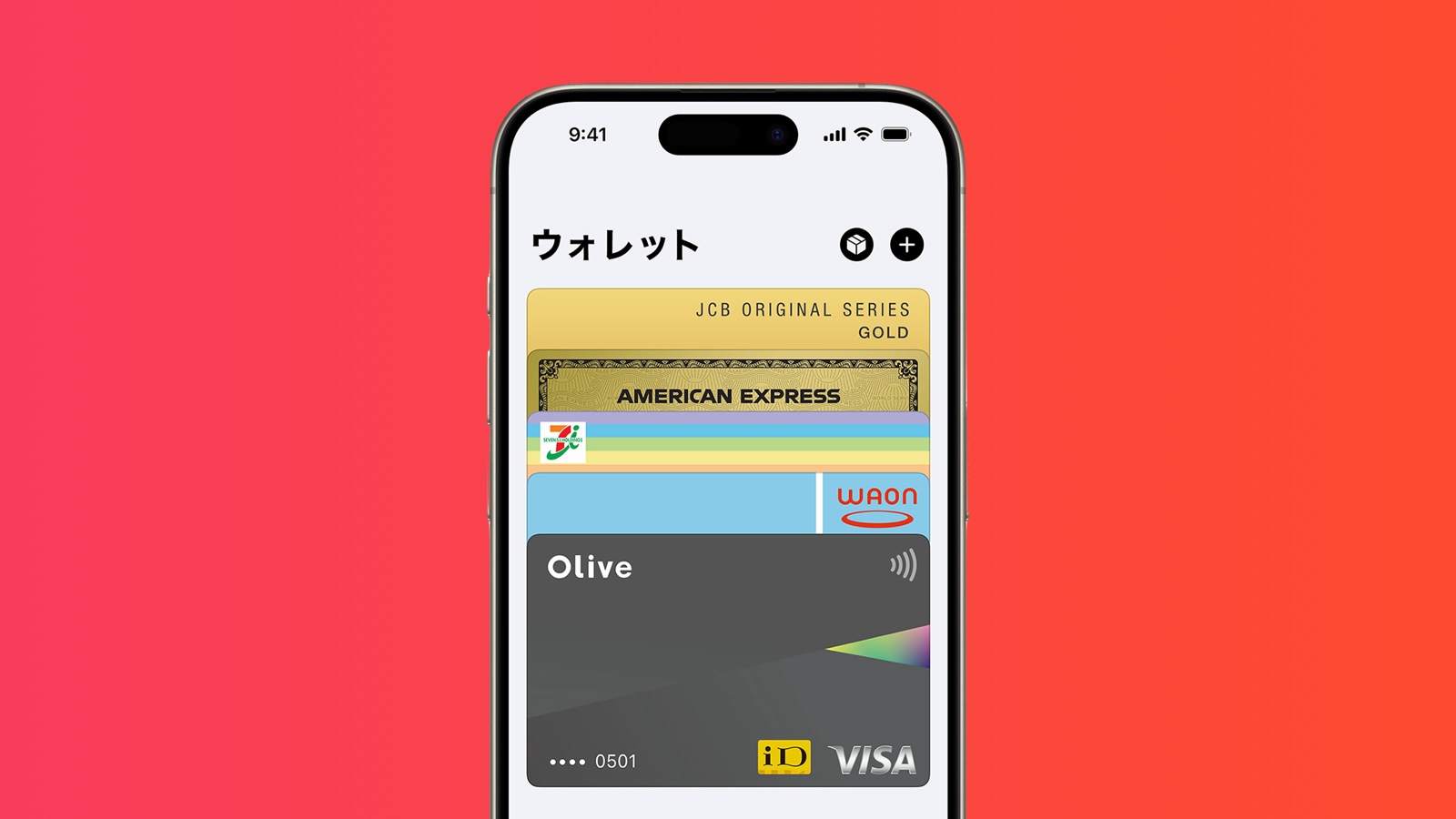Apple today announced that support for national My Number Card IDs in Japan will be coming to Apple's Wallet app "late next spring," marking the first expansion of digital IDs in Apple Wallet beyond the United States [Google translation].

Over 100 million Japanese residents currently have My Number Card IDs, which enable them to receive services at over 60,000 convenience stores around the country, through online portals, and in other settings such as hospitals and government agencies.
Apple CEO Tim Cook and Japanese Prime Minister Fumio Kishida discussed My Number Card integration during one of Cook's trips to Japan back in late 2022. At the time, Cook said Apple had some concerns over user privacy and security around the IDs, but it appears those concerns have been satisfied to a sufficient enough degree that Apple is now on board with supporting the IDs in its centralized Wallet app.
This article, "Japanese 'My Number Card' Digital IDs Coming to Apple's Wallet App" first appeared on MacRumors.com
Discuss this article in our forums
Source: TechRadar

Over 100 million Japanese residents currently have My Number Card IDs, which enable them to receive services at over 60,000 convenience stores around the country, through online portals, and in other settings such as hospitals and government agencies.
"The deployment of Apple Wallet's ID feature outside the United States is an important step in our vision of replacing traditional physical wallets with easy, secure, and private mobile wallets. We will make the My Number Card available in Apple Wallet from the second half of next spring, and we will present your ID while making full use of the security and privacy protection features built into the iPhone. We are very pleased to provide a convenient and convenient way for everyone living in Japan," said Jennifer Bailey, vice president of Apple Pay and Apple Wallet.Once loaded into Apple Wallet, a user's My Number Card can be accessed within the app by authenticating with Face ID or Touch ID, and the ID can then be presented either face-to-face or to a card reader, enabling access to medical services, governmental services, and more.
Apple CEO Tim Cook and Japanese Prime Minister Fumio Kishida discussed My Number Card integration during one of Cook's trips to Japan back in late 2022. At the time, Cook said Apple had some concerns over user privacy and security around the IDs, but it appears those concerns have been satisfied to a sufficient enough degree that Apple is now on board with supporting the IDs in its centralized Wallet app.
Tag: Japan
This article, "Japanese 'My Number Card' Digital IDs Coming to Apple's Wallet App" first appeared on MacRumors.com
Discuss this article in our forums
Source: TechRadar